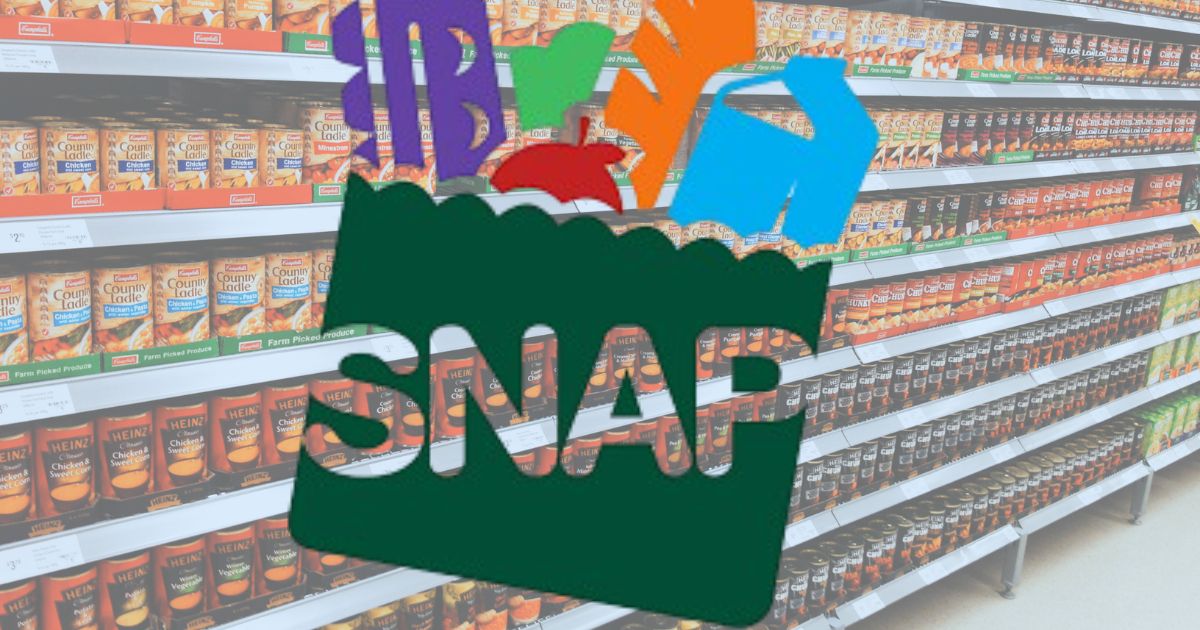The current administration is ready to implement some sweeping changes to the Supplemental Nutrition Assistance Program (SNAP) in October 2025, and these changes might not be pleasant for the people who depend on the program.
Hundreds and thousands of Americans rely on SNAP for food assistance. Initially, changes in SNAP were called benefits being eliminated, but it might not be that simple, and its impact will still be just as devastating on families and vulnerable households.
If you’re affected by the new SNAP benefit cutbacks and eligibility rules, it’s not too late to take action to keep your benefits! Learn the new rules, regulations, and exemptions: https://t.co/QCw02OSvvM pic.twitter.com/l6tjkmaOgZ
— Homeless Services (@PHLCityHomeless) October 6, 2025
In the last few months, since the Trump administration proposed the Big Beautiful Bill and it was passed by the House and Senate, there have been drastic changes in several assistant programs. Thousands of people risk losing Medicare coverage, too. From October 2025, SNAP reforms are also lined up to take effect.
According to the guidelines, there will be stricter work requirements for able-bodied adults without dependents (ABAWDs). For thousands of able-bodied recipients, it will become mandatory to show 20 hours per week of work, education, training, or volunteering to remain eligible.
Certain exemptions will also be eliminated. Veterans who fall under the age bracket of 55–64 and ex-foster youth under 24 will now be required to show up for work, as their work requirement will go into effect. These ‘reforms’ will end several protections these marginalized groups were said to enjoy.
People will not have much time to adjust to the SNAP benefit formula. The law has changed, and the Thrifty Food Plan has been updated.
Utility cost allowances also underwent a few changes. Internet costs will no longer be counted toward shelter deductions for benefit calculations. The federal share of administrative funding will shrink over time, shifting more of these expenditures to the states.
Though some SNAP recipients will continue to receive support, many families that are already on the margins could end up with severe cuts or outright suffer the loss of benefits.
Several officials and advocacy groups have estimated that up to 4 million Americans could lose some or all SNAP benefits when new eligibility criteria are implemented under new rules.
States like Florida face steep impacts. Nearly 3 million SNAP recipients could be affected, and households may lose $79 to $144 per month. Food banks and charities are anticipating a surge in demand and trying to prepare for the resource shortfalls as SNAP cuts take effect.
While eligibility rules will tighten, SNAP monthly benefit limits will see very minute updates. For example, the maximum for a single-person household rises slightly, and the limit for a family of four increases.
However, these increases are relatively small compared to the rise in food prices. These cuts will leave many households hungry and possibly destitute.
SNAP was started as a critical line of defense against food insecurity. This was mainly for low-income families, seniors, and people with disabilities.
However, these revisions that Trump’s administration pushed and Congress will reduce the spending on social safety nets and push the marginalized communities into poverty.
Supporters argue that stricter rules will modernize the program and prevent dependency on these programs.













